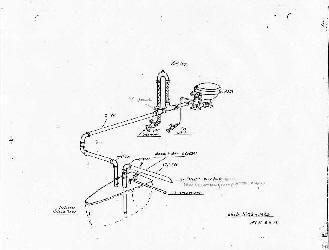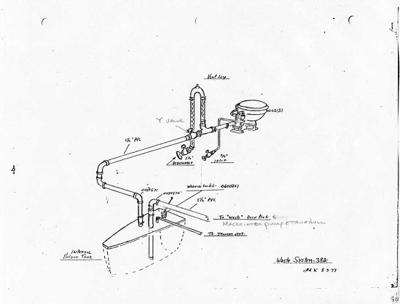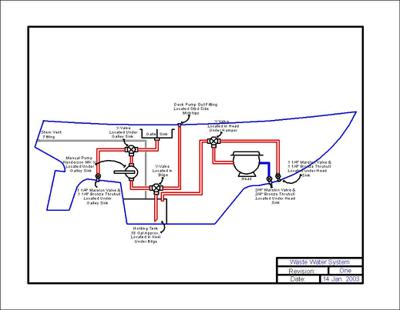Hey...
Some of you may remember a discussion from 2008/2009 re my holding tank quandry: all evidence. i.e., missing plumbing, transom vent, sensor panel in head, etc all said the HT was not ever plumbed. An earlier owner concurred...I want to plumb it (have Lectra san now but not legal in FL)...
Am finally getting around to it....a bit of history....in Fall I had a friend drill small pilot hole in bilge floor to see if the HT space was actually there (it was and was bone dry). We put a rubber cork in it and sealed edges with Lifeseal...long story short seems water from the bilge has apparently leaked into the tank (the cork was not as well sealed with Lifeseal as we thought) over the last 5-6 months (remember it was bone dry when we drilled that small hole). To put it mildly, the water stinks! I pumped much of it out (~8 gallons) using a small thirsty mate-type pump...was a slightly opaque grayish color (not brown or beige, no solid material) but smelled bad.
I am puzzled as to what is making it smell so bad. Gas is definitely being generated, smells like rotten eggs...hydrogen sulfide I guess. do you all think that brackish water "incubated" in a closed dark, low oxygen space would generate gas and smell a little bit like poop? And more importantly, should I proceed with plumbing the HT?
Thanks for any thoughts or suggestions...
Melinda
Some of you may remember a discussion from 2008/2009 re my holding tank quandry: all evidence. i.e., missing plumbing, transom vent, sensor panel in head, etc all said the HT was not ever plumbed. An earlier owner concurred...I want to plumb it (have Lectra san now but not legal in FL)...
Am finally getting around to it....a bit of history....in Fall I had a friend drill small pilot hole in bilge floor to see if the HT space was actually there (it was and was bone dry). We put a rubber cork in it and sealed edges with Lifeseal...long story short seems water from the bilge has apparently leaked into the tank (the cork was not as well sealed with Lifeseal as we thought) over the last 5-6 months (remember it was bone dry when we drilled that small hole). To put it mildly, the water stinks! I pumped much of it out (~8 gallons) using a small thirsty mate-type pump...was a slightly opaque grayish color (not brown or beige, no solid material) but smelled bad.
I am puzzled as to what is making it smell so bad. Gas is definitely being generated, smells like rotten eggs...hydrogen sulfide I guess. do you all think that brackish water "incubated" in a closed dark, low oxygen space would generate gas and smell a little bit like poop? And more importantly, should I proceed with plumbing the HT?
Thanks for any thoughts or suggestions...
Melinda




